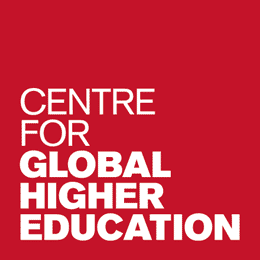After decades of attention to basic education as a fundamental right and instrument of economic growth, higher education (HE) has resurfaced as a key pillar for attaining the Sustainable Development Goals (SDGs) and tackling global challenges. The scope of international support to HE in low- and middle-income countries – including grants, loans, scholarships and other forms of cooperation or ‘aid’ – however, is not well documented in its entirety, with the prevailing source of data, the OECD Creditor Reporting System (CRS) capturing only a narrow subset of these flows, primarily those reported by donors as official development assistance (ODA) commitments. This paper is a conceptual and empirical analysis aimed at exploring some of these critical gaps in the known HE aid landscape. In identifying what is documented in the CRS and what is not, it moves from the narrow frame of what can be known about HE aid using this source, to broadening and reconceptualising HE aid to include flows which are not necessarily reported as support to HE but have externalised effects on HE teaching and research capacities. Examples of these flows, referred to here as ‘aid through HE’, are briefly explored to unsettle what constitutes aid to HE and raise critical questions around how donors count their commitments and which forms of HE aid actually impact HE systems in the Global South.
Working Paper 97
Reconceptualising International Flows of Aid to and through Higher Education
Published August 2023

